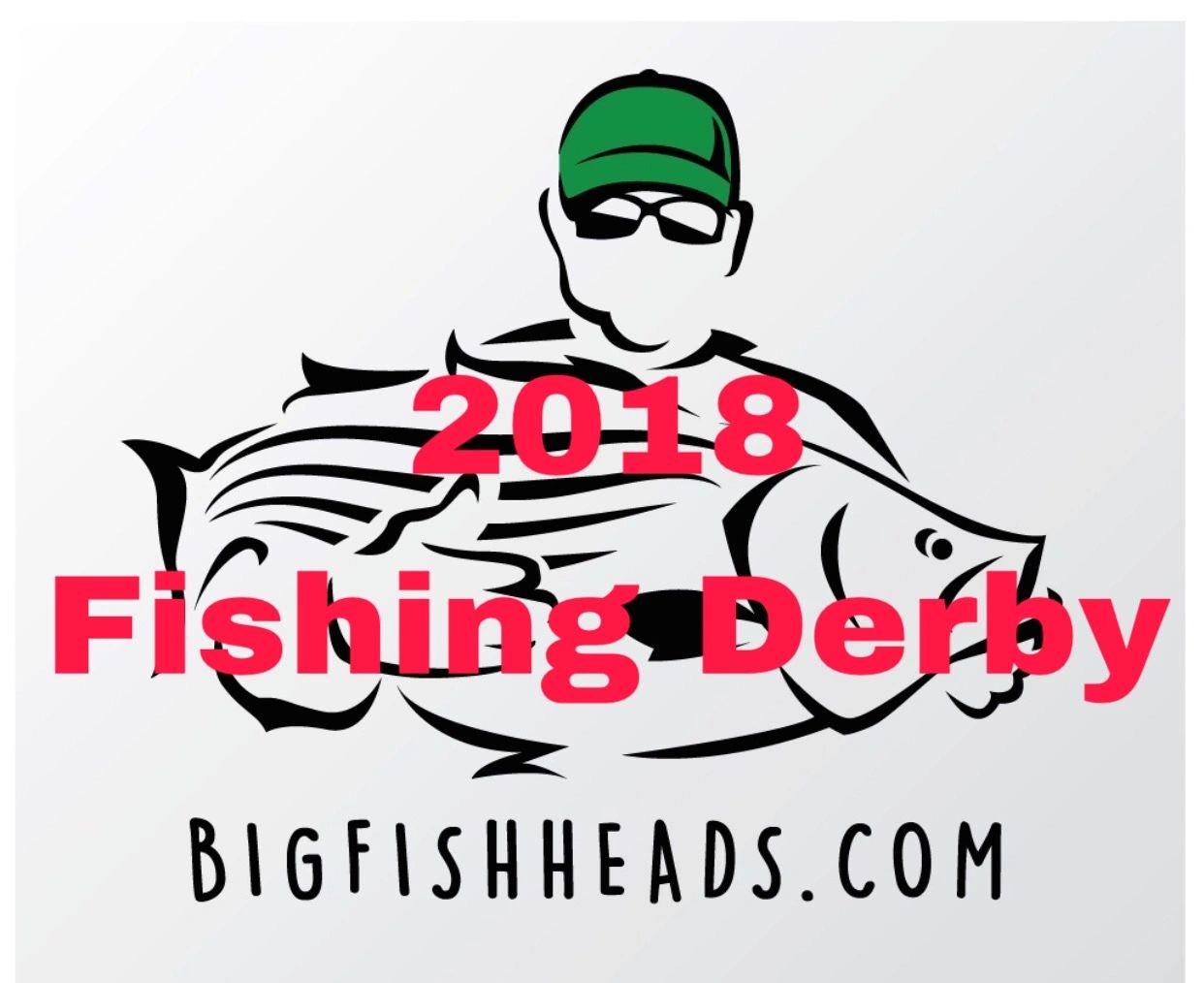

Particular methods include aquaponics and integrated multi-trophic aquaculture, both of which integrate fish farming and aquatic plant farming. Particular kinds of aquaculture include fish farming, shrimp farming, oyster farming, mariculture, pisciculture, algaculture (such as seaweed farming), and the cultivation of ornamental fish. Plant and insect-based feeds are also being developed to help reduce wild fish been used for aquaculture feed. Further, in current aquaculture practice, products from several kilograms of wild fish are used to produce one kilogram of a piscivorous fish like salmon. However, there are issues with the reliability of the reported figures. Farming also implies individual or corporate ownership of the stock being cultivated." The reported output from global aquaculture operations in 2019 was over 120 million tonnes valued at US$274 billion. Farming implies some form of intervention in the rearing process to enhance production, such as regular stocking, feeding, protection from predators, etc. Alternatively, they can be conducted on well-sheltered shallow waters nearshore of a body of water (inshore aquaculture), where the cultivated species are subjected to a relatively more naturalistic environments or on fenced/enclosed sections of open water away from the shore (offshore aquaculture), where the species are either cultured in cages, racks or bags, and are exposed to more diverse natural conditions such as water currents (such as ocean currents), diel vertical migration and nutrient cycles.Īccording to the Food and Agriculture Organization (FAO), aquaculture "is understood to mean the farming of aquatic organisms including fish, molluscs, crustaceans and aquatic plants. Īquaculture can be conducted in completely artificial facilities built on land (onshore aquaculture), as in the case of fish tank, ponds, aquaponics or raceways, where the living conditions rely on human control such as water quality (oxygen), feed, temperature. Technology has increased the growth of fish in coastal marine waters and open oceans due to the increased demand for seafood. It is an environmental source of food and commercial product which help to improve healthier habitats and used to reconstruct population of endangered aquatic species.

Pisciculture is a type of aquaculture that consists of fish farming to obtain fish products as food.Īquaculture can also be defined as the breeding, growing, and harvesting of fish and other aquatic plants, also known as farming in water. Mariculture, commonly known as marine farming, refers specifically to aquaculture practiced in seawater habitats and lagoons, as opposed to freshwater aquaculture. Aquaculture involves cultivating freshwater, brackish water and saltwater populations under controlled or semi-natural conditions, and can be contrasted with commercial fishing, which is the harvesting of wild fish. Aquaculture installations in southern ChileĪquaculture (less commonly spelled aquiculture ), also known as aquafarming, is the controlled cultivation ("farming") of aquatic organisms such as fish, crustaceans, mollusks, algae and other organisms of value such as aquatic plants (e.g.


 0 kommentar(er)
0 kommentar(er)
